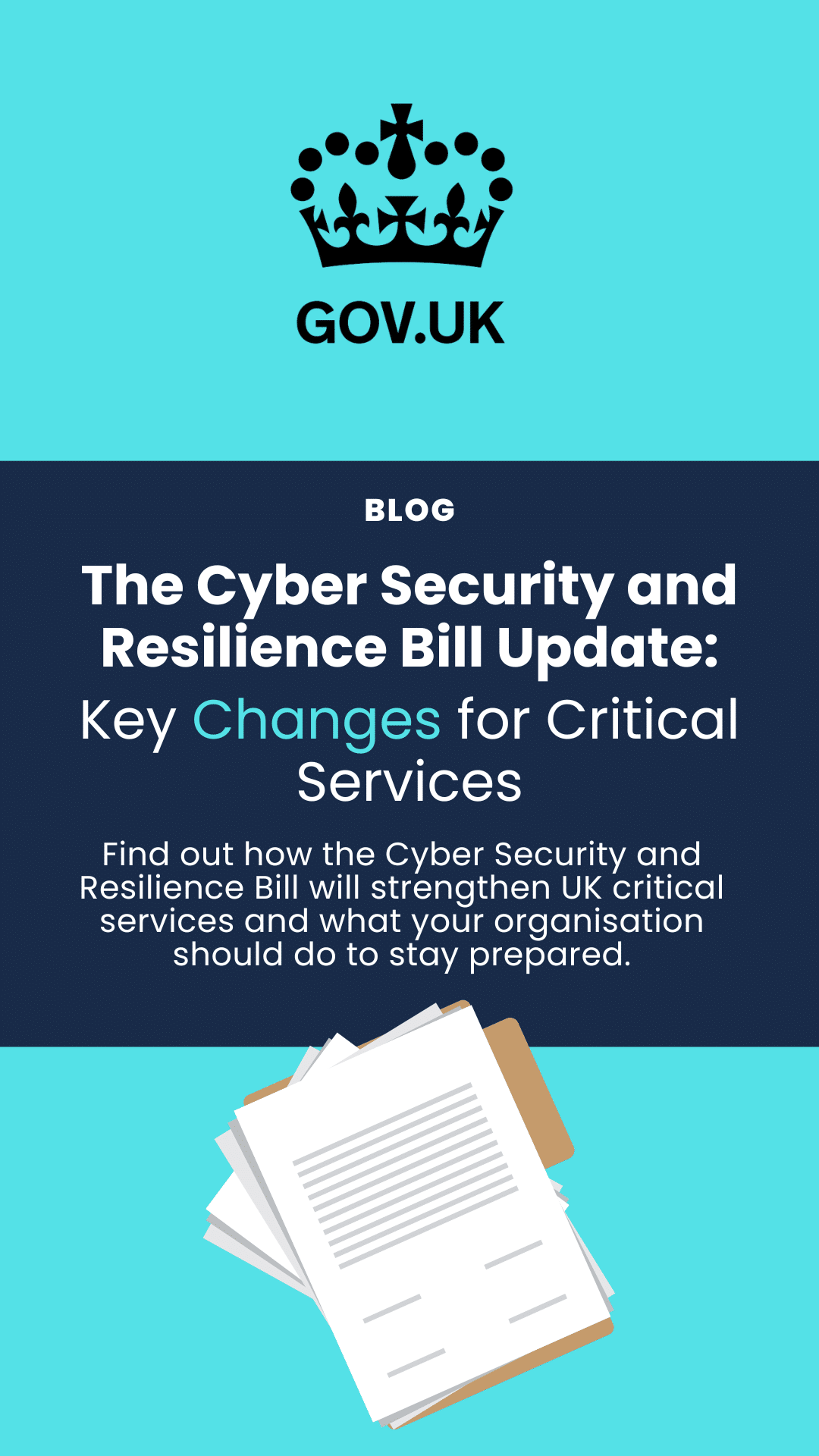In simple terms, vulnerability scans are used to identify a list of known vulnerabilities in your IT systems, whereas penetration tests involve exploiting security weaknesses to determine whether a hacker would be able to access your corporate network. Penetration tests are often labour intensive as they require constant interaction and analysis from a dedicated security professional. On the other hand, vulnerability scans are typically automated and only test for a list of pre-discovered security holes.
In other words, a vulnerability scan is like discovering a door is unlocked but not trying to open it, a penetration test not only opens the door but walks inside too.
What is penetration testing?
- A penetration test is a planned attack on software or hardware which aims to expose security flaws which may lead to a damaging cyber breach. Using industry leading penetration testing tools such as Nessus, Burpsuite, Metasploit and Exploitdb, security penetration testing experts can manually discover hidden security flaws. Each penetration test conducted requires highly skilled expertise, and differs depending on the scope of the operation and the level of intrusion approved by the business.
- CREST certified penetration tests are an highly detailed way of uncovering difficult-to-detect issues which threaten the security of your applications, systems and network. Pen testing goes above and beyond the capabilities of vulnerability scanning, it involves hands-on testing from highly skilled ‘ethical hackers’. These industry approved methods help to identify security weaknesses which may not be detected by an automated scanner.
- By undertaking regular penetration tests you can not only gain insights into the health of your network, you can also expose endpoints with out-of-date software, identify harmful misconfigurations, achieve compliance and harden your overall security posture.
- There are many different types of CREST penetration testing. These include, network pen testing, WiFi penetration testing, web pentesting, web app penetration testing, CREST penetration testing, physical penetration testing, social engineering pen tests, phishing simulations and much more. Carrying out a range of testing methods provides a comprehensive view of unforeseen security gaps. It allows you to evaluate how secure each gateway of your network is and how easy it would be for a hacker to bypass security hurdles.
- The vulnerabilities discovered and exploited are aggregated into a report and presented to IT managers. This crucial information enables businesses to make strategic decisions based on granular network visibility and analysis. They can then prioritise remediation efforts on the most critical flaws and plug the gaps which could expose them to attacks.
What is vulnerability scanning?
- Vulnerability scans can be scheduled to run on a regular basis. The time to run can vary from minutes to hours depending on the scope. In comparison to penetration tests, vulnerability scans are less hands-on approach to vulnerability management. They only test for known vulnerabilities and do not involve any exploitation of security holes.
- The aim of vulnerability management is to generate a list of targets such as out of date software/ misconfigurations, which could be exploited to gain access to an internal environment.
- To remain protected, businesses must do more than simply running regular vulnerability scans, you must also ensure they are swiftly patched and remediated. If you do not have the security expertise to do this in-house, you can out-source to a dedicated security company.
- Although the results of a vulnerability scans are not as detailed as a manual penetration test, regular scans are a good way to quickly detect and mitigate known security exposures. An in-depth penetration test will certainly give you a thorough snapshot of your current vulnerabilities. However, in between your next penetration test vulnerability scans can be used to detect weaknesses which may suddenly develop. After all, the more you know about the security of your applications and infrastructure, the better equipped you are to keep it safe from malicious intrusions.
- Once the assessment is complete, a detailed report is generated which lists any vulnerabilities discovered. These are usually ranked into high, medium and low vulnerabilities so that businesses can remediate the most critical flaws first.
How can Equilibrium help?
Here at Equilibrium, we are CREST certified penetration testers. CREST penetration testing certifications demonstrate that a company follows a stringent and industry approved penetration testing methodology. As security and penetration testing experts, we are able to support our customers with all penetration testing and vulnerability scanning requirements. If you would like to find out more about the services we offer please call our office on 0121 663 0055, head to the web pages below or register your details.
Ready to achieve your security goals? We’re at your service.
expertise to help you shape and deliver your security strategy.



